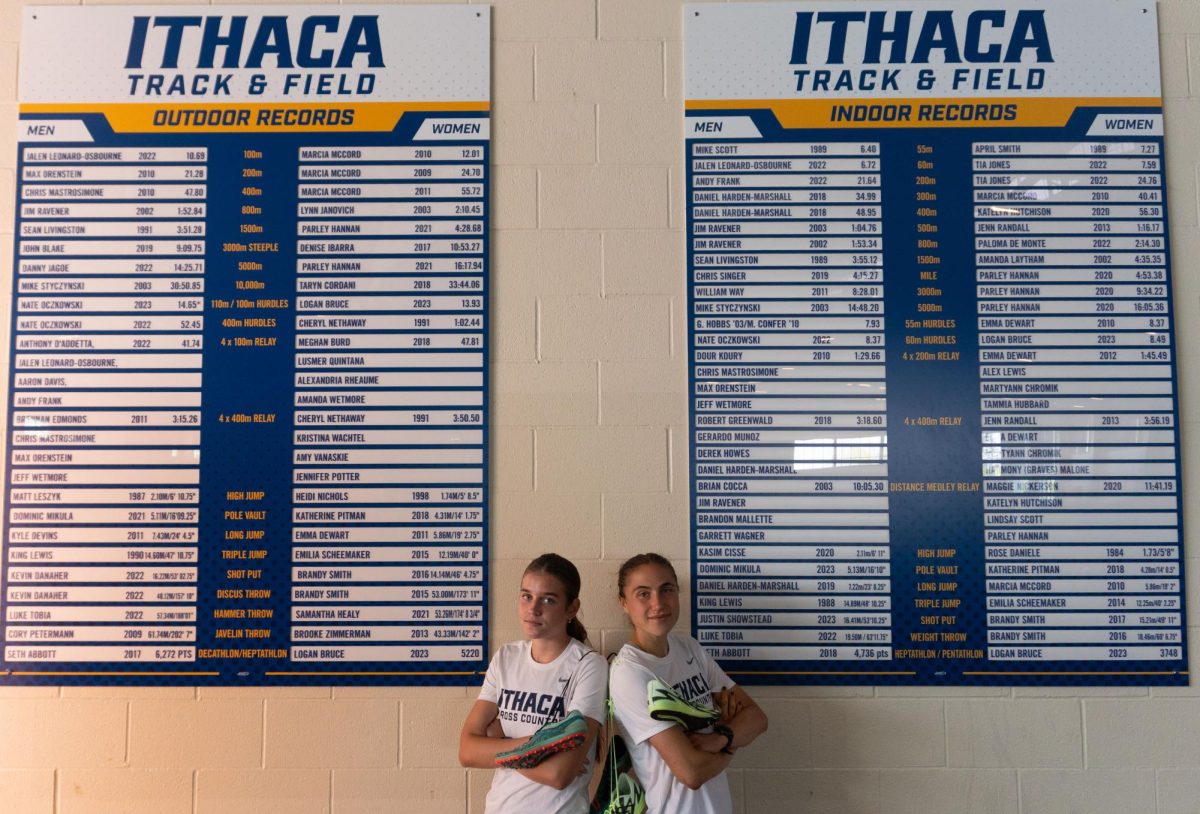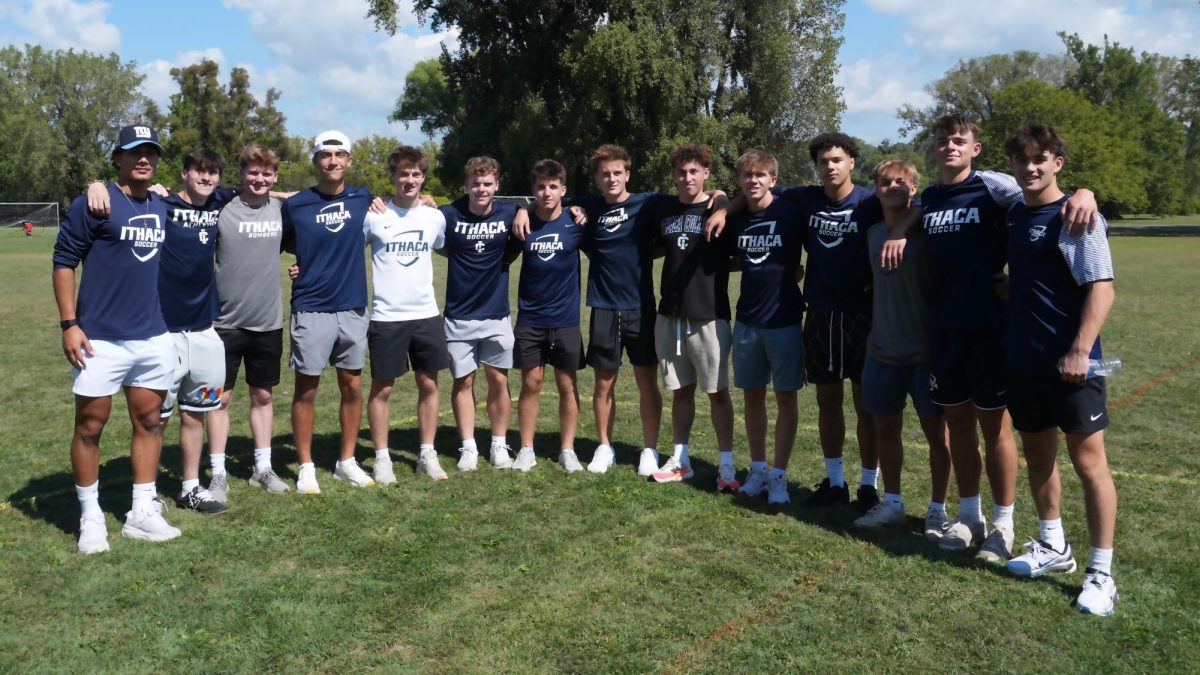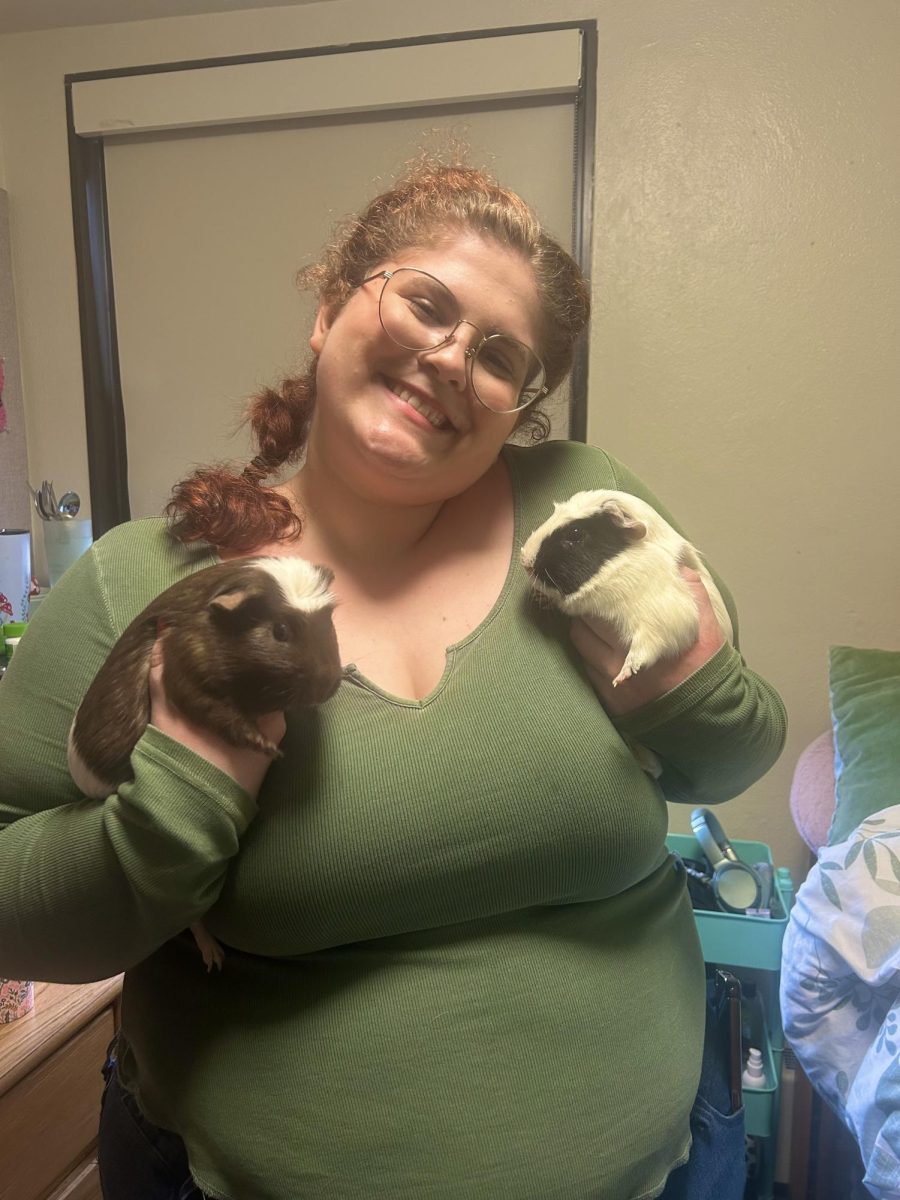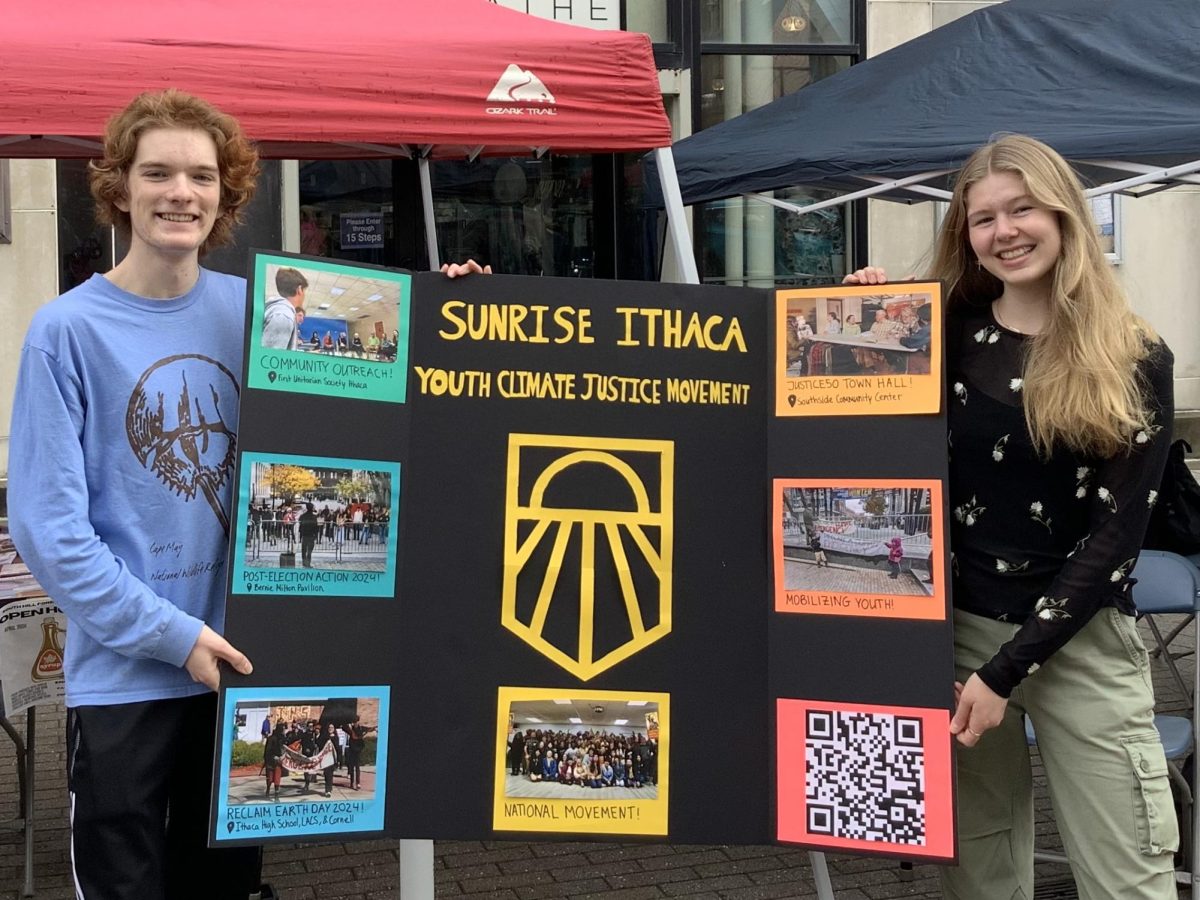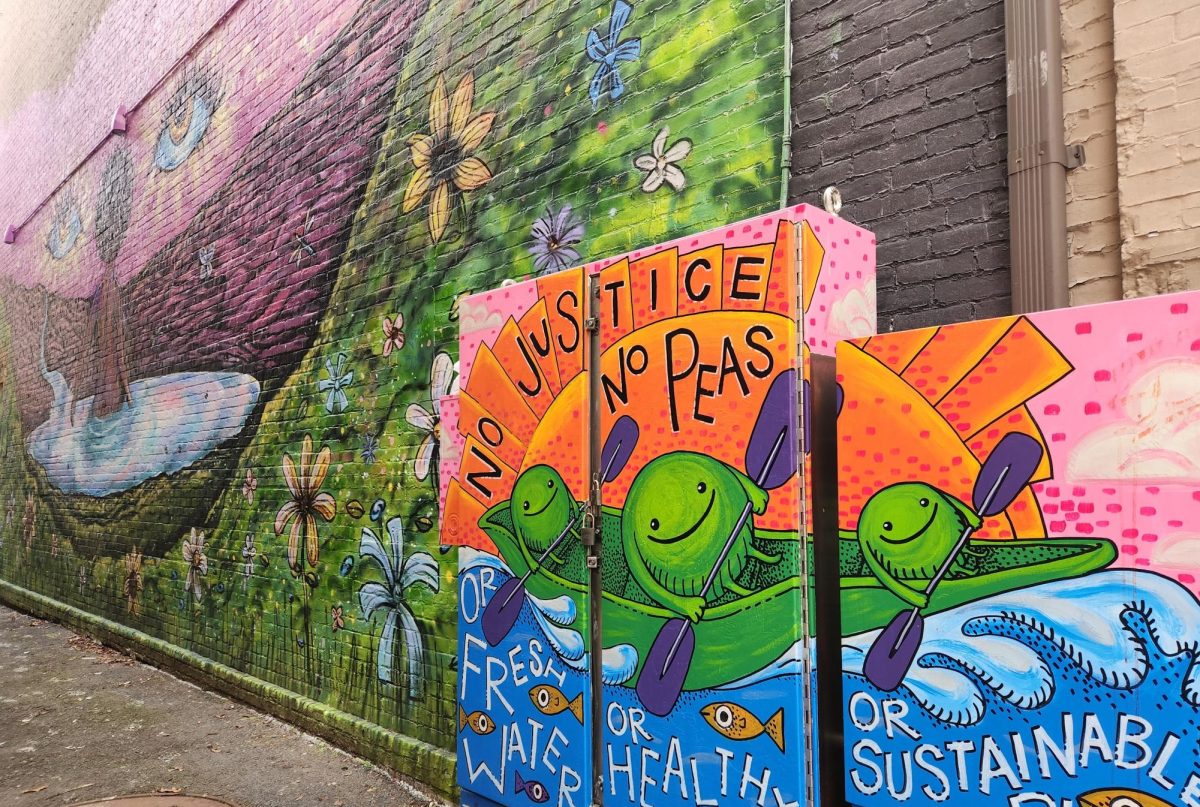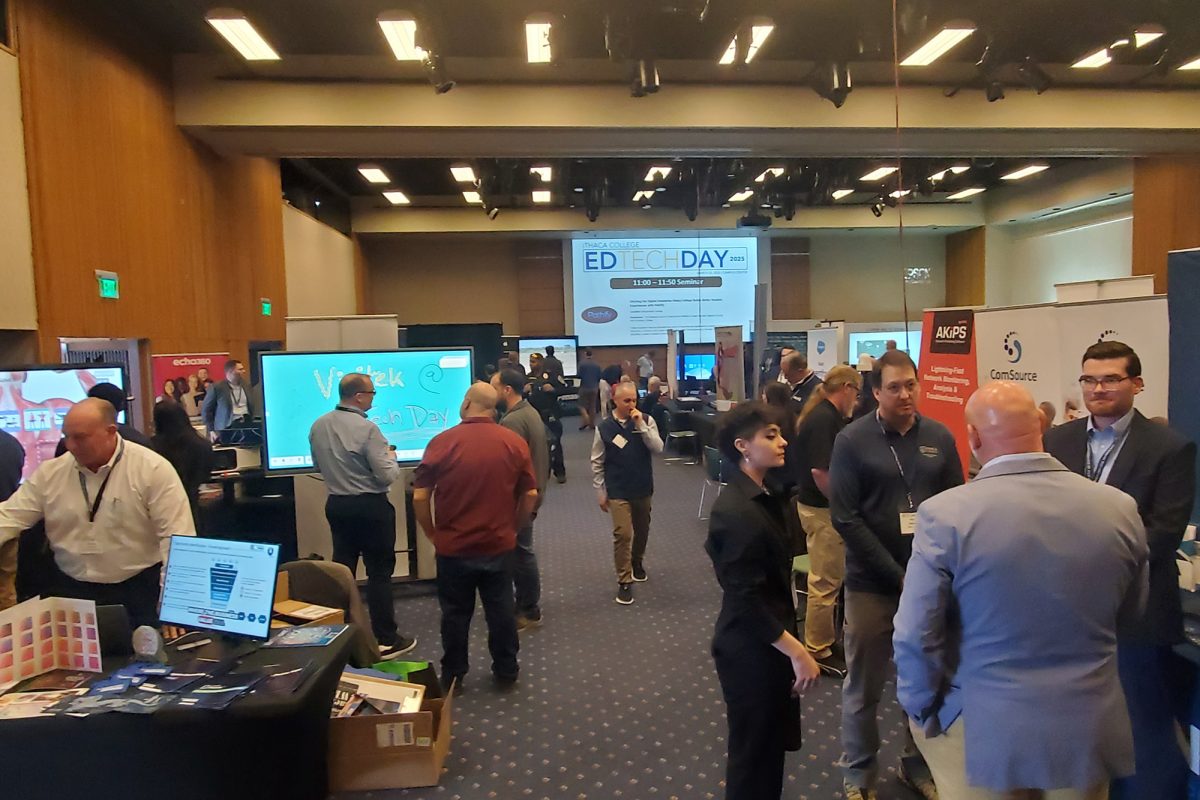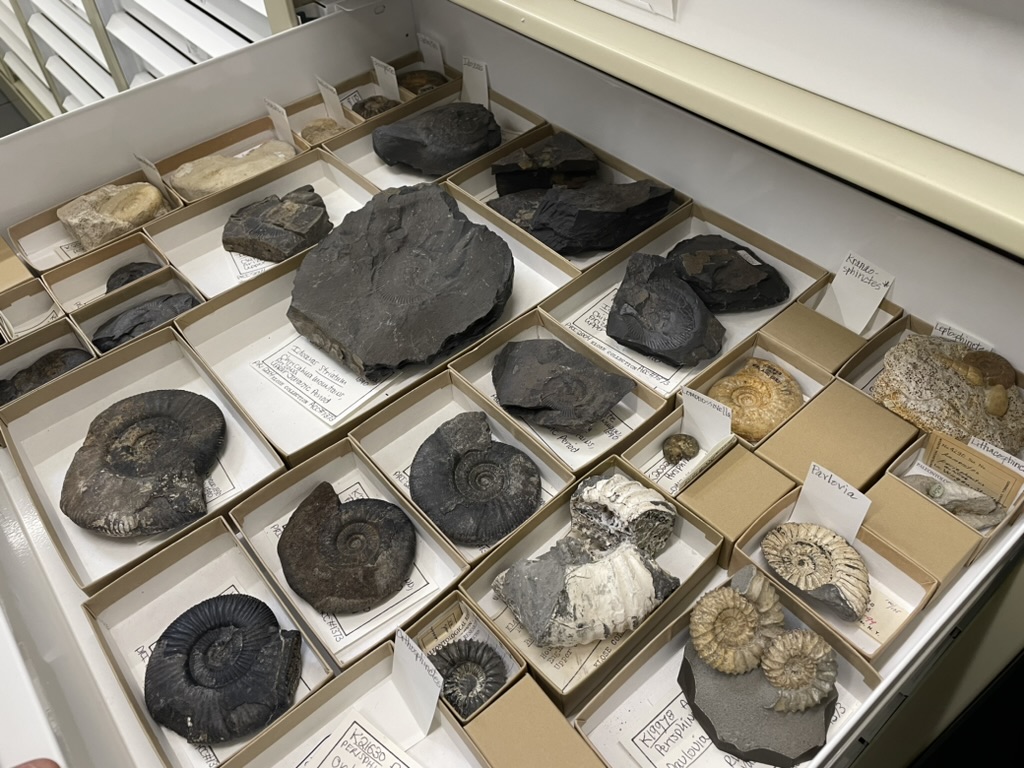Cornell’s Lab of Ornithology is celebrating its centennial anniversary in 2015 with open houses and new bird exhibits. Ithaca’s own bird research and observatory is reflecting on the past, while also looking toward the years ahead.
The lab was the brainchild of Arthur A. Allen, famed ornithologist who joined Cornell as a professor of entomology in 1915. From these humble beginnings grew the lab as it stands today, a stunning, glass-walled wedge of a building nestled into the 220 acres of nature that make up Sapsucker Woods. The lab has connected with over 12 million enthusiasts online and now boasts a community of over 200,000 citizen scientists and members.
Time, and decades of shared enthusiasm for Earth’s winged creatures have led up to present day, where the lab now stands as a nexus of Ornithology. Scott Sutcliffe, Annual Fund and Stewardship Director at the lab, said the passing of time has not nullified the initial passion that drove the lab into reality.
“It’s curious: Arthur Allen’s ideals of 1915 still live with us everyday,” said Sutcliffe. “One of his ideals was to take Ornithology out into the masses and share it with people who are interested in birds. So in many ways, we are still the same organization that he started 100 years ago, but because of modern technologies and expanding populations in the world as it is, we’ve really just grown a whole lot.”
John Fitzpatrick, executive director of the Lab of Ornithology, said that the first century is just the beginning of the lab and expects much more innovation in the years to come.
“This 100-year point, it seems like a good time to be celebrating where we’ve come from and also challenging ourselves to do the things that have to be done,” Fitzpatrick said.
Fitzpatrick said the lab is continually working to engage not only researchers, but also the rest of the world through new innovations and technologies.
“I’m proud as heck about what this place has become, and I’m really excited about the things we still have to do,” Fitzpatrick said. “One of those things is to build a technical infrastructure that allows everybody in the world to interact with us, freely, openly — literally freely — and easily,”
To do so, the lab has taken to the web over the last few years to make birdwatching a truly accessible hobby. Ebird, an online catalog of user-submitted bird sightings that works on a global scale, is one of the ultimate fruits of this passion for integrating technology and birdwatching. Birders, like Cayuga Bird Club president and long-time birder Paul Anderson, said these technological advances are major developments in the birdwatching community.
“I think that’s been the most significant advance in the science and hobby of birdwatching – maybe ever,” Anderson said.
Miyoko Chu, senior director for communications at the lab, echoes Anderson’s sentiments, and said she has hopes that Ebird will present a new venue for people to appreciate and preserve birds all over the globe.
“[Ebird] is a really powerful tool, and something that we hope leads people to explore more of the information about birds and get more engaged in wanting to protect them,” Chu said.
With 100 years behind them, Fitzpatrick and the Lab of Ornithology seems to have no intent of slowing down. With Ebird and other online platforms gearing up for public release, the director said the next century brings with it the promise and, most importantly, the excitement that drives the lab.
“As director of the place for the last 20 years, and as someone who has worked to make something that is preeminent, my big question is what is the next 100 years?” Fitzpatrick said. “And that is the most exciting thing of all.”



